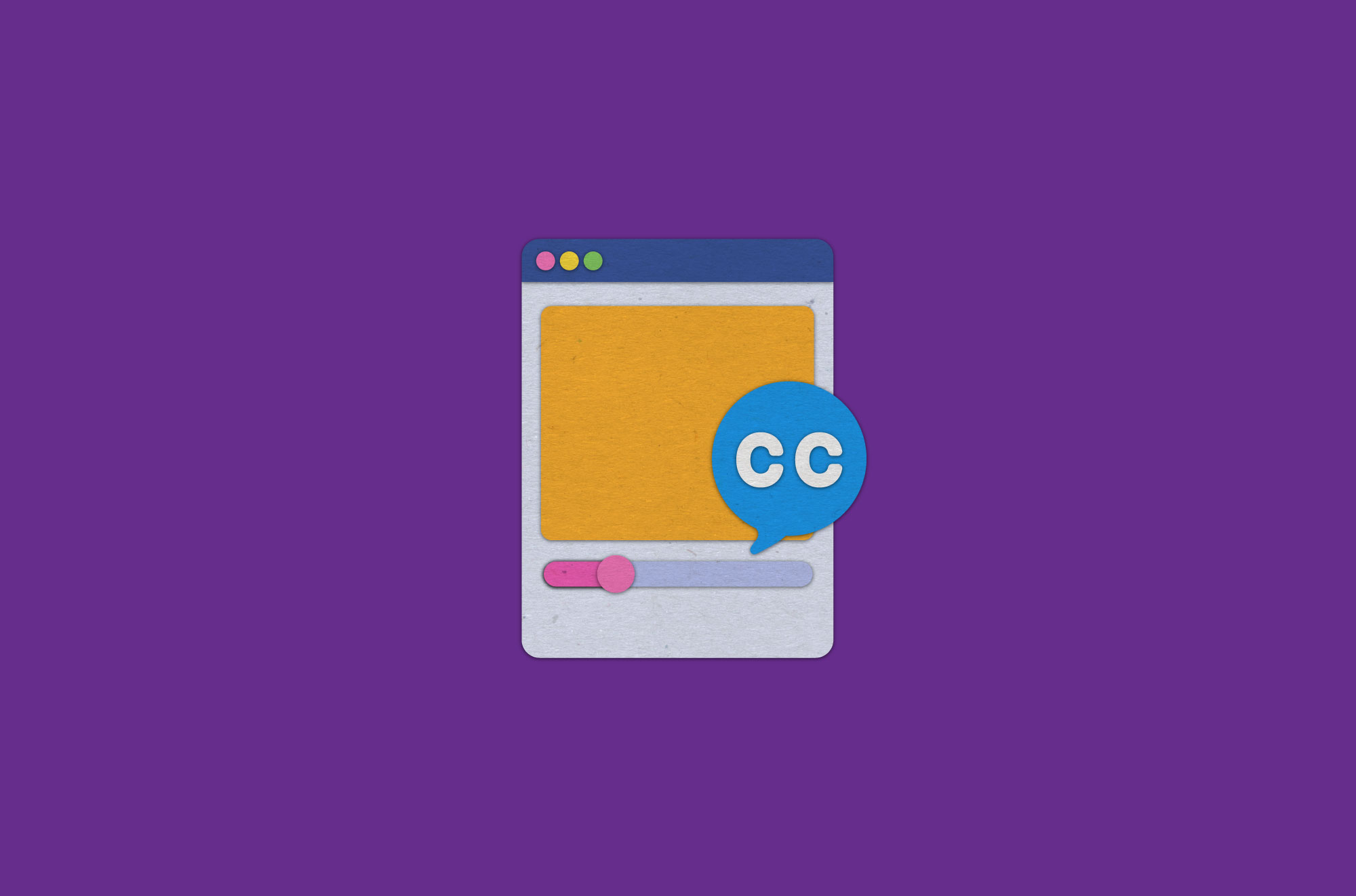As part of the University of Utah Equity, Diversity, and Inclusion IntersectX12 initiative, Equity, Diversity, and Inclusion partnered with the Center for Disability and Access; and the Universal Design and Access Committee to host the Day of Disability & Neurodiversity on December 1, 2022. The planned events included a mid-day webinar on various ways to make university services more accessible and a student-led roundtable on non-apparent disabilities and neurodiversity/neurodivergence hosted in the evening.
Nearly 150 attendees showed up for the afternoon webinar where presentation topics included using accessibility technology, special media and website accessibility, video captioning, events accessibility, and presentation accessibility.
For University of Utah student Lillian Duong, accessibility technologies have come with some unexpected challenges. Duong, who is visually impaired, uses a pen that can record audio to help her with lecture notes. However, she said that after she started using the device she discovered that the icons she would need on her computer to review the audio were not accessible to her. She also added that when she began college, she had no idea what technologies she would need to thrive. It took her time to figure that out, which she says is a normal experience.
“Disabilities are hard. Understanding them is hard,” Duong said. But she encouraged students to take advantage of the available resources. “You have a right to understand yourself and your disability,” she added.
Beyond supporting students by providing accessible technology, there are many ways the campus community can improve accessibility. For any groups that use social media, it is essential to include alt-text on posts. All major platforms make this option available and it provides the additional benefit of making it easier for search engines to find posts.
Alt text is necessary for accessibility on web pages, too. And it’s important to caption videos, use descriptive link text, and ensure colors contrast in a way that improves visibility. Barb Iannucci, the university’s IT director for content management and usability, said many people may resist making their website accessible because they don’t believe very many of the people who use their website need accommodations. However, she says that one in four adults has a disability, “so clearly that’s not true.”
Thankfully, there are many online and campus resources to support departments and campus groups wanting to create more accessible websites, social, media presentations, and events. But experts say that the best practices require maintaining clear communication with people of various disabilities to better understand how to best meet their needs. “Accessibility is an ongoing process that adapts to different situations,” said Angela Marie Smith, the director of Disability Studies at the U. “It is a collective and flexible process.”
During the evening event, students discussed obstacles they’ve encountered on campus, some of the challenges that accompany nonapparent disabilities and neurodivergence, and the need to hear genuine commitment to accessibility and inclusion from instructors. As Psychology Professor and co-founder of the Disability & Research Network (DARN), Lisa Aspinall said, “it’s not acceptable to put the university’s ADA statement on the syllabus—but then remain uninformed and uninvolved.”
Student Katya Pilkington modeled good accessibility presentation practices for a group of more than thirty attendees, and Sequoya Fail led a discussion on non-apparent disabilities and the challenges students face on campus. Professor Smith also discussed the Universal Design and Access Committee and its work toward developing more campus-wide practices that increase accessibility to resources and courses. All encouraged a much more dynamic response from leaders, including faculty and staff on campus, and greater openness to working with students to provide them with what they need to persist and thrive at the university.
To discover more about the Day of Disability and Neurodiversity, visit the event website—and to learn more about policies and services, report an accessibility barrier, and learn more about various advocacy and support groups on campus, visit the University of Utah’s Accessibility site.
Campus Climate Experiences ICYMI Identity IntersectX12 Social Justice

